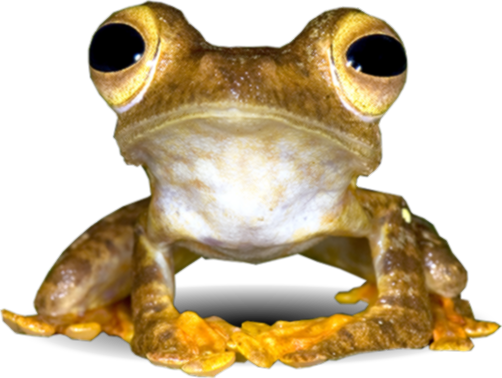Towering up to 30 m with 60 cm diameter at breast height, the smooth, whitish-grey bole of Hydnocarpus castaneus or “Setumpul” in Malay, stands out in the dim green hush of Southeast Asia’s swampy forests. It is one of the medium to large trees in the family Characeae.
Like many plants, its scientific name holds the key to its identity. The genus name Hydnocarpus comes from the Greek words hydnon (tuber or a tubercle) and karpos (fruit) which describe its distinctive, rounded fruit. The species name, castaneus, means chestnut-brown (NParks, 2025).
This species is distributed across Malaysia, Sumatra, and southern Thailand. It grows in dense forests, swampy forests, often along rivers or small streams, and at the bases of limestone cliffs. It usually occurs at elevations 100–150 m, but has also been reported at elevations up to 1,200 m (Adnan et al., 2018).
This evergreen tree has elliptical to oblong leaves (17–30 cm long and 6.5–8 cm wide), which are stiff and leathery, with hairy stipules (i.e., small leaf-like structures at the base of the leaf stalks). The green leaves transform to reddish brown as they dry (Adnan et al., 2018). The flowers are white, fragrant and clustered. The tree may depend on insects and birds for pollination, although its precise pollination mechanisms remain unknown. The fruit is brown and globose, covered with dense hairs, and contains several fleshy seeds, each measuring 1.5–2 cm in length (NParks, 2025). How the fruits are dispersed remains undocumented, but this may provide an important clue to the species’ distribution and common occurrence.
The Setumpul tree has practical uses among local communities. Its durable wood is valued for construction purposes, such as making pillars, doors, and window frames. In folk medicine, the bark decoction is used to treat skin problems (Adnan et al., 2018). The seeds are believed to have antimicrobial properties and are considered effective against eczema, rashes, and other skin ailments. Other species within the genus Hydnocarpus have also long been used in traditional medicine worldwide, though their applications have yet to be scientfically validated. Research on the pharmacological, clinical, and phytochemical properties remains very limited (Sahoo et al., 2014).
Currently, the species is classified as ‘Least Concern’ on the global conservation list due to its wide distribution and abundant populations. Some researchers even suggest that it may be more common than existing records indicate (De Kok, 2024).
